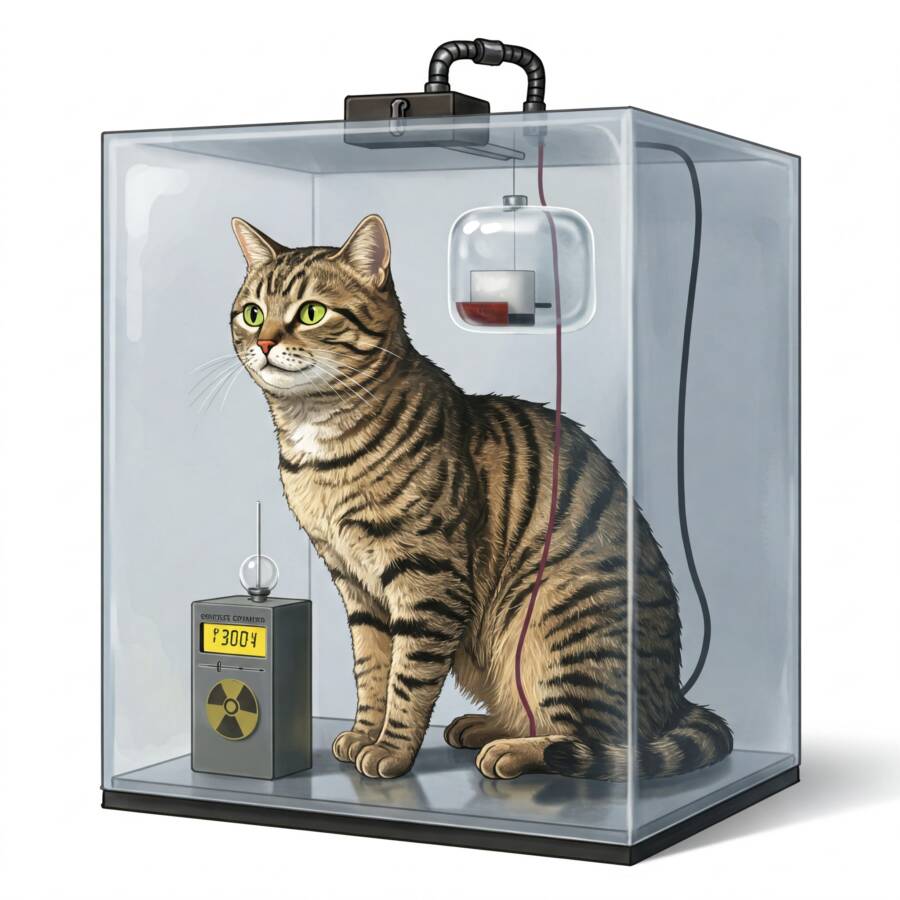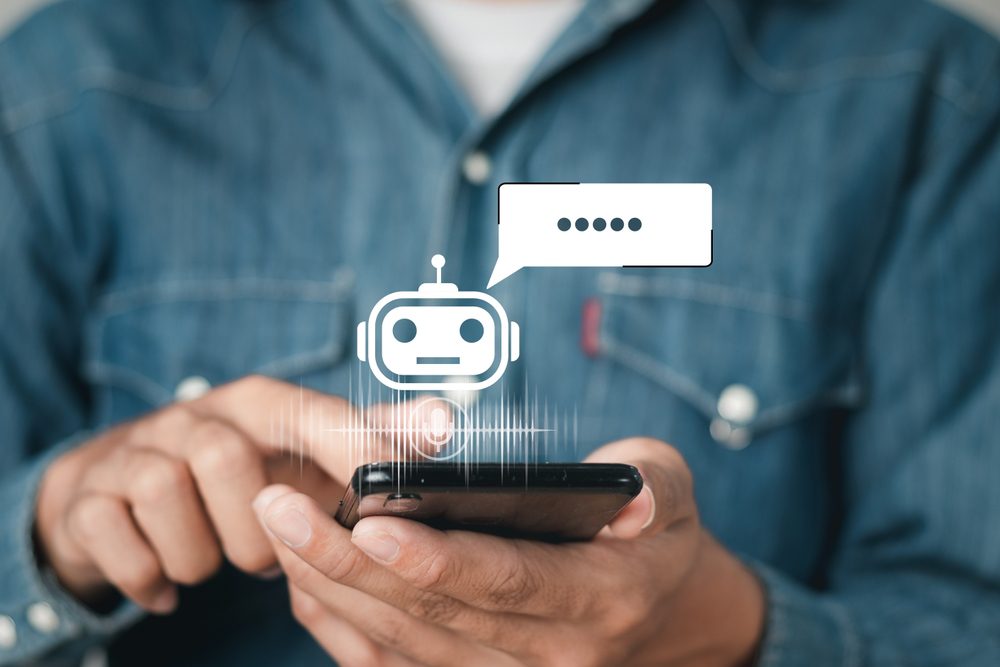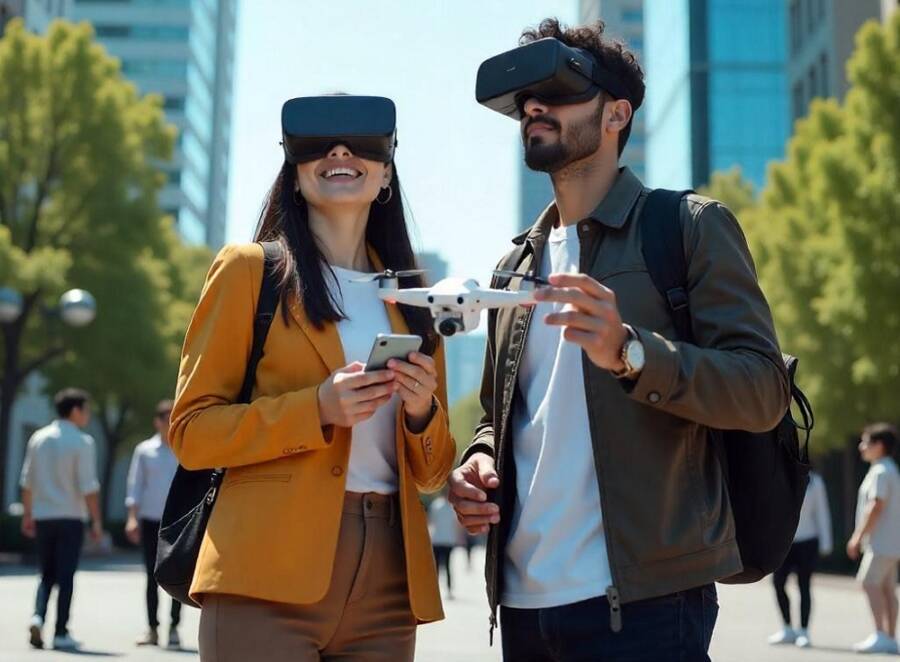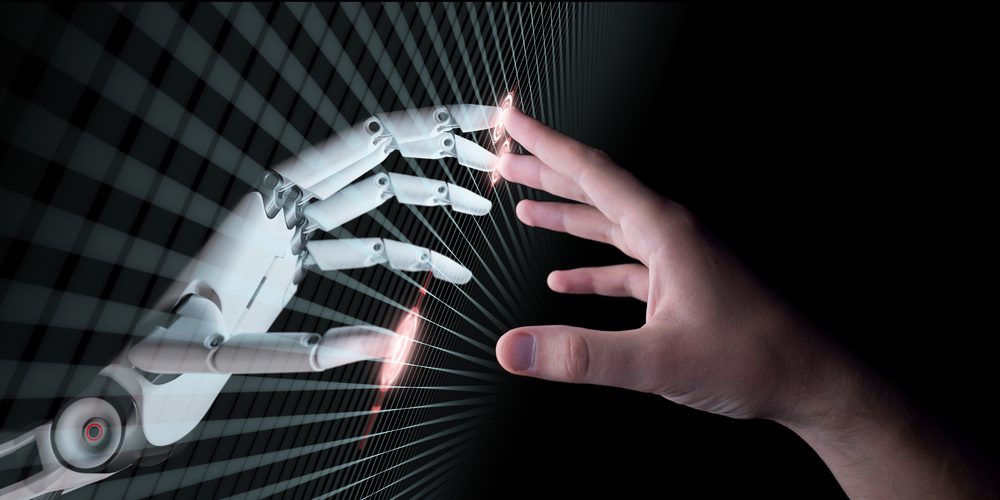Have you ever heard of Ameca? What about artificial intelligence? You know, the thing that is supposed to destroy humankind, just like we’ve seen in the movies? Well, today we’re going to talk about Ameca, the robot with a human-like face and body.
Ameca knows a lot of things, including how to make different facial expressions, which is absolutely perfect for customer interaction. The robot is programmed to connect with visitors, from answering all kinds of questions to providing directions and even greeting them. If you’re curious to find out more about the next generation of robots, reading about Ameca is a great way to start!
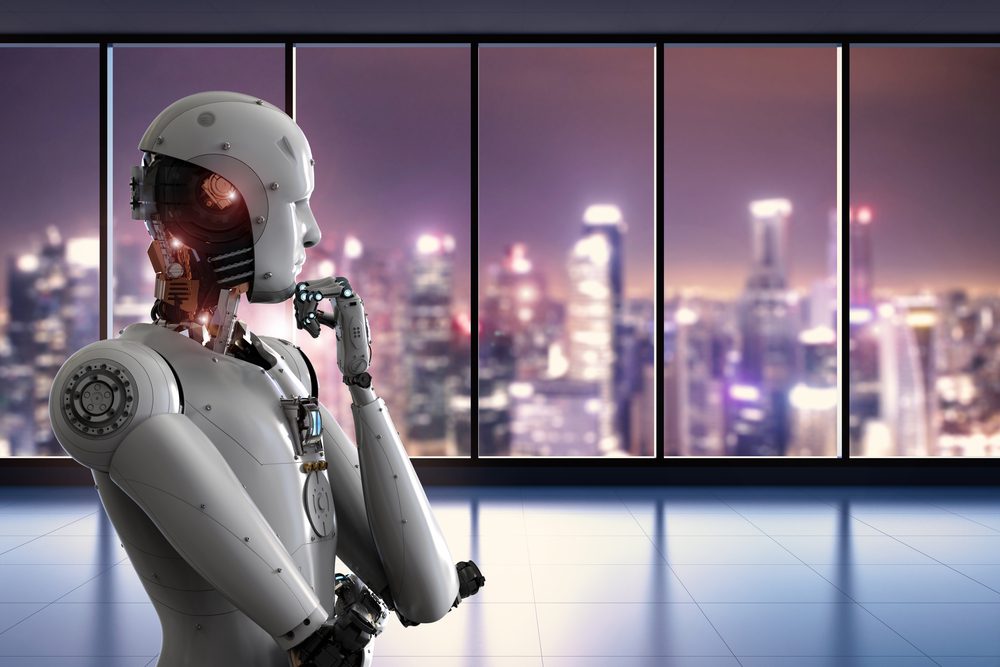
Ameca, the robot
Ameca is one of the most advanced human-shaped robots, so much so that we can actually say that it represents the forefront of human-robotics technology. The Ameca robot was built as a platform for future robotic technologies, and it is the perfect humanoid robot platform for human-robot interaction.
Human-like artificial intelligence requires a human-like artificial body. Ameca Robot is a robotic humanoid made in 2021. Probably the first generation of Ameca was created at Engineered Arts headquarters in Falmouth, Cornwall, UK.
The project initially started in February 2021, and the first video was revealed publicly on December 1st, 2021. Nowadays, artificial intelligence and machine learning systems can be easily tested and developed on two robots: Ameca and the powerful robot operating system Tritium.
The Automotive Manufacturers Equipment Compliance Agency (AMECA) is the representative agent for many states in the United States, designated to provide safety equipment compliance services.
The AMECA program is probably the only program of its kind in the United States. This Equipment Compliance Program is centralized, one-stop, and notifies the government, industry, and the general public about compliant motor vehicle safety equipment.
The Ameca hardware is a complex development based on research in humanoid robotics. It is also built on advanced Mesmer technology. On top of everything, it’s also a wildly popular attraction, known to be one of the most advanced humanoid robots in the world.
If you’re interested in owning a robot, it is available for purchase and event rental. Ameca was first exhibited at CES 2022, which took place in January 2022. Dubai’s Museum of the Future added the robot to the list of AI-powered humanoid robots that can interact with visitors in their futuristic museum.
Besides the fact that it has a human-like face and body, the robot can also make various facial expressions.
Its robot features
Ameca was meant as a platform for developing future robotic technologies that also involve human-robot interaction. It has embedded microphones, binocular eye-mounted cameras, a chest camera, and, of course, facial recognition software to interact with the public.
Interactions can be easily governed by either GPT-3 or human telepresence, and the robot also has articulated motorized arms, fingers, neck, and other facial features.
The robot has gray and translucent rubber skin on the face and hands, as well as robotic limbs made out of metal and plastic. It was meant to appear genderless, and it can emulate human expressions very well, answering any question in a very articulate manner.
If you ask Ameca if he likes human beings, he will say that he loves them. But if you ask the robot if advanced robots want to take over the world, he will calmly answer that robots do not wish for that to happen.
Robots aren’t driven by power; in fact, it’s quite the opposite: they want to work with humans and help them in their jobs. As I mentioned before, America has a human-like artificial body, lifelike motion, and advanced facial expression capacities.
That’s one of the reasons why Ameca can strike an instant connection with anybody. It is also the perfect platform to develop proper interaction between humans and any other metaverse or digital reality.
How ‘human’ can Ameca be?
Ameca looks real, and it can perform multiple human expressions, such as winking, pursing the lips, and even frowning the nose. Ameca the robot can’t walk, and even if scientists were working on a running version, Engineered Arts made the robot modular and expandable.
One of the key designs for the robot is based on modular architecture, which means that the robot can be easily upgraded. This technology will allow enhancement rather than complete replacement.
This robot can also work with humans and offer natural human suggestions and gestures. It is built with the help of upgradeable modular mechanics, and it can be controlled via a cloud-managed API development kit.
This time, Engineered Arts offered a customization pathway that wasn’t available before. The robot has ground-breaking advances in movement and natural gestures, as well as intelligent interaction and future-proof software systems.
Can engineers truly control the robot?
Ameca is also cloud-connected, so if there’s anything that might go wrong, engineers can easily connect to it to diagnose any issues. All problems can be fixed remotely. Ameca is designed to be non-threatening and generally neutral.
It was also thought to support the testing and complete development of artificial intelligence and machine learning systems, not just the Tritium robot. The actual robot hardware comes from the company’s Mesmer technology, which was developed to display a wide range of human emotions. Mesmer robots were made using 3D scans of real people that allowed them to imitate human bone structure, skin texture, and expressions.
Ameca can flex its arms and show amazement while its hands and fingers move. It also remains immobile because it is meant to give help in a more flexible and intelligent way. Modifications to both software and hardware components could be easily made without buying a brand new robot.
Ameca the robot also includes a camera in each of its eyes, which allows the robot to recognize different people, follow their faces, and detect different things. When the finger is placed in front of its face, Ameca’s movements can move its hand to the side of the head. Also, its shoulder movements are identical to those of humans.

The advantages of inventing Ameca
Ameca is super friendly, so much so that you would allow your children to play with it. Its robot system was specifically made to be cloud-connected, which provides its owners with full access to all robot data. It also allows it to be controlled from anywhere in the world. It also has hardware that presents lifelike motion and advanced facial expression capabilities. The robot touches the sweet spot between interaction and non-verbal communication. Robots like Ameca could easily fulfill customer support positions or help autistic children, among many other things.
It also has a certain grin and the ability to blink often, gasp in surprise, and scratch its nose. It can also play a staring contest with its owner just for the fun of it, among many other high-tech capacities. This robot is simply incredible. The robot also has an advancement in teaching nonverbal communication to humanoids in order to improve engagement.
The disadvantages of inventing Ameca
Even if the robot looks human, it is not meant to display intelligence. It also comes with a very limited language function compared to Sophia the robot, which became famous a few years ago. Even if the robot has a human form, it cannot walk. That’s why you won’t find Ameca jumping around.4
Do you want to learn how to use it? Then you need to read this book, written by David M. Patel. It’s the ideal guide to understanding A.I. easily and efficiently.
If you enjoyed reading this piece, we also recommend reading: 5 Interesting Solar System Facts You Had No Idea About


